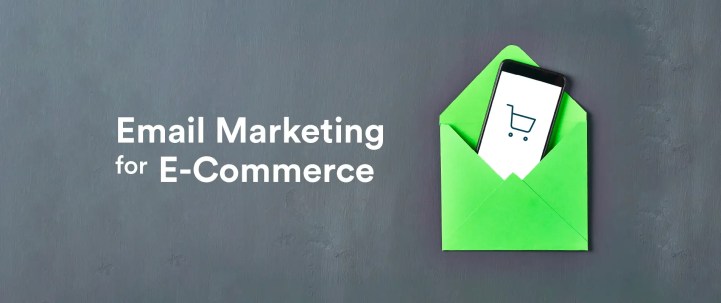The right email marketing for e-commerce strategies can drive sales, engage customers, and build lasting relationships through personalized, timely, and targeted communications. Learn about the types, benefits, and 10 e-commerce email strategies in this blog.
Despite the rise of social media and other marketing channels, email marketing for e-commerce continues to deliver unparalleled ROI and provides a direct line of communication with customers. Its ability to deliver personalized content at scale makes it an indispensable strategy for online retailers looking to drive sales and build lasting customer relationships.
Why Email Marketing for E-commerce Matters
The numbers speak for themselves: email marketing generates an average return of $36 for every $1 spent, making it one of the most cost-effective marketing channels available. With over 4 billion daily email users worldwide, the potential reach is staggering. For e-commerce businesses, this translates to an enormous opportunity to connect with potential customers, boosts e-commerce email CTRs, and drives sales via personalized email marketing.
Types of Email Marketing for E-commerce Emails
Email marketing strategies for e-commerce typically consist of the following types of emails. These e-commerce email campaigns are designed to attract and retain customers, hence driving CTR growth:
- Promotional Emails: Focused on driving sales, promotional emails highlight special offers, discounts, or new product launches. They aim to create urgency and encourage immediate purchases by showcasing limited-time deals.
- Transactional Emails: These functional emails are triggered by specific actions taken by the user, such as order confirmations or shipping notifications. They provide essential information and help build trust with customers through clear communication.
- Behavioral Emails: These emails are triggered by specific customer actions, including welcome and abandoned cart emails.
- Engagement and Re-Engagement Emails: Designed to maintain customer interest, these emails include content that encourages interaction with the brand, such as surveys, product recommendations, or invitations to events.
Benefits of Email Marketing for E-commerce
An email marketing strategy for e-commerce businesses offers numerous advantages, making it a vital component of any digital marketing strategy:
Direct Communication
Email allows brands to communicate directly with their customers’ inboxes, ensuring that messages reach their intended audience without being filtered out by social media algorithms or other distractions.
Personalization
With advanced customer segmentation and targeting capabilities, e-commerce brands can tailor their messages based on customer behavior, preferences, and purchase history. This personalization leads to higher engagement rates, higher email CTRs, and improved customer satisfaction.
Automation Capabilities
Many email marketing platforms offer automation features that allow businesses to send timely messages based on user actions (e.g., welcome emails or abandoned cart reminders). This automation ensures customers receive relevant communications at critical moments in their buying journey.
Measurable Results
Email marketing for e-commerce provides detailed analytics that help businesses track open rates, click-through rates, and conversion rates. This data enables continuous optimization of e-commerce email campaigns for better performance over time.
10 E-commerce Email Marketing Strategies
Let’s take a look at the best e-commerce email marketing strategies that you can use to attract, retain, and delight your customers. These strategies will help you boost email CTRs for your e-commerce email campaigns.
1. Welcome Email Campaigns
First impressions matter, especially in email marketing for e-commerce.
The best welcome emails for e-commerce set the tone for your relationship with a customer and establish trust. Welcome emails boast an average open rate of 82%, significantly higher than standard marketing emails.
A well-crafted welcome message should introduce your brand’s story and unique value proposition, set clear expectations about future communications, and guide new subscribers through your product offerings. The structure of welcome emails for e-commerce businesses can look like:
- Introduce your brand and its values.
- Include a clear CTA, like signing up for a discount or exploring your catalog.
- Provide immediate value through a special incentive, such as a 10% discount code for their first purchase. For example: “Welcome to [Brand]! Here’s 10% off your first order. Start shopping now!”
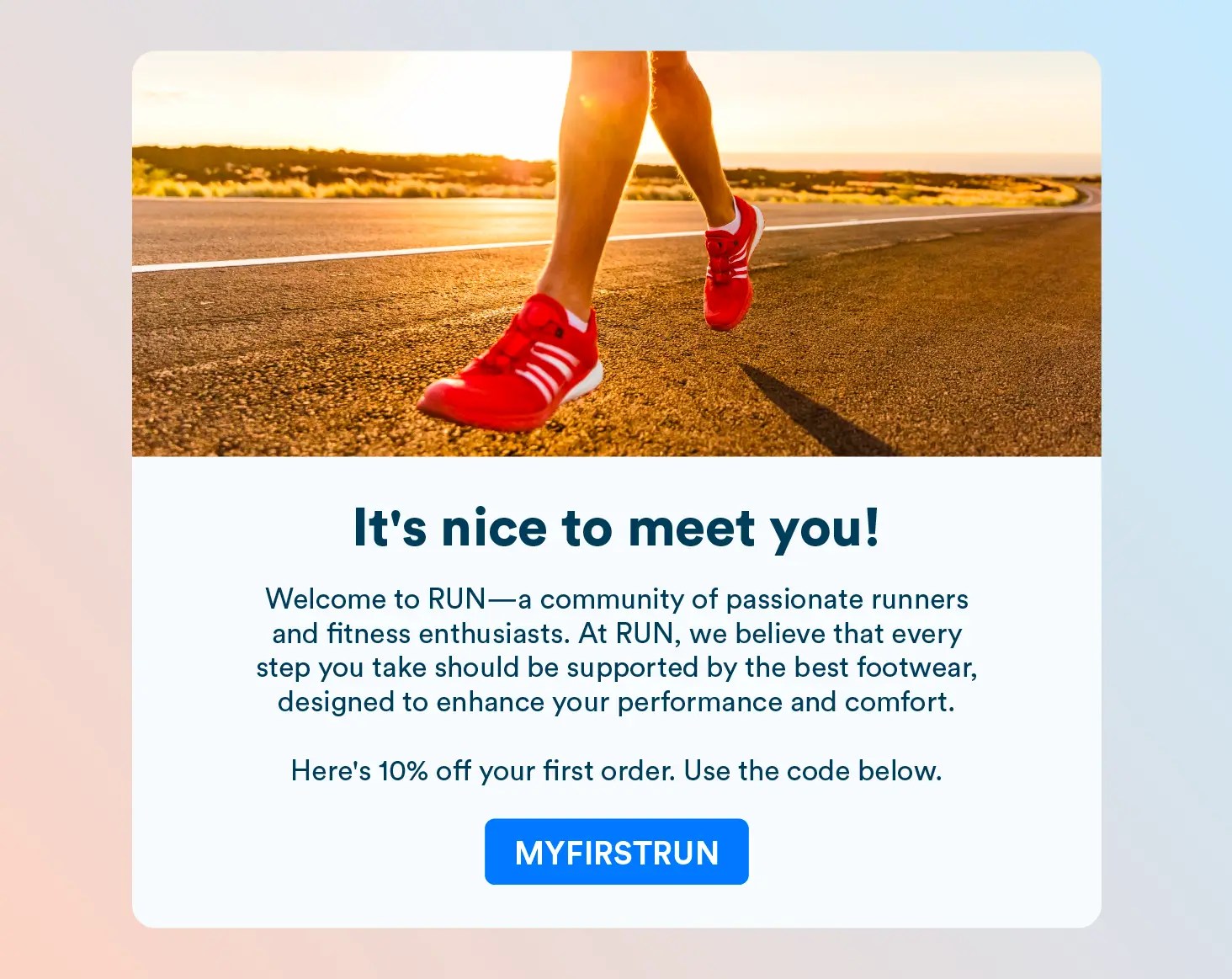
The key is to make new subscribers feel appreciated while gently nudging them toward their first purchase.
2. Email Segmentation for Personalization
Effective segmentation is the foundation of successful email marketing. By dividing your email list based on specific criteria, you can deliver more targeted and relevant messages.
Common segmentation criteria include:
- Demographic segmentation (age, location, gender)
- Purchase history (frequency, value, categories)
- Website behavior (browsed products, wish lists)
- Email engagement (open rates, click-through rates)
For example, a clothing retailer might send customers different product recommendations based on their previous purchases in specific categories, resulting in higher conversion rates. Or a customer who frequently purchases fitness gear could receive an email highlighting new arrivals in sportswear.
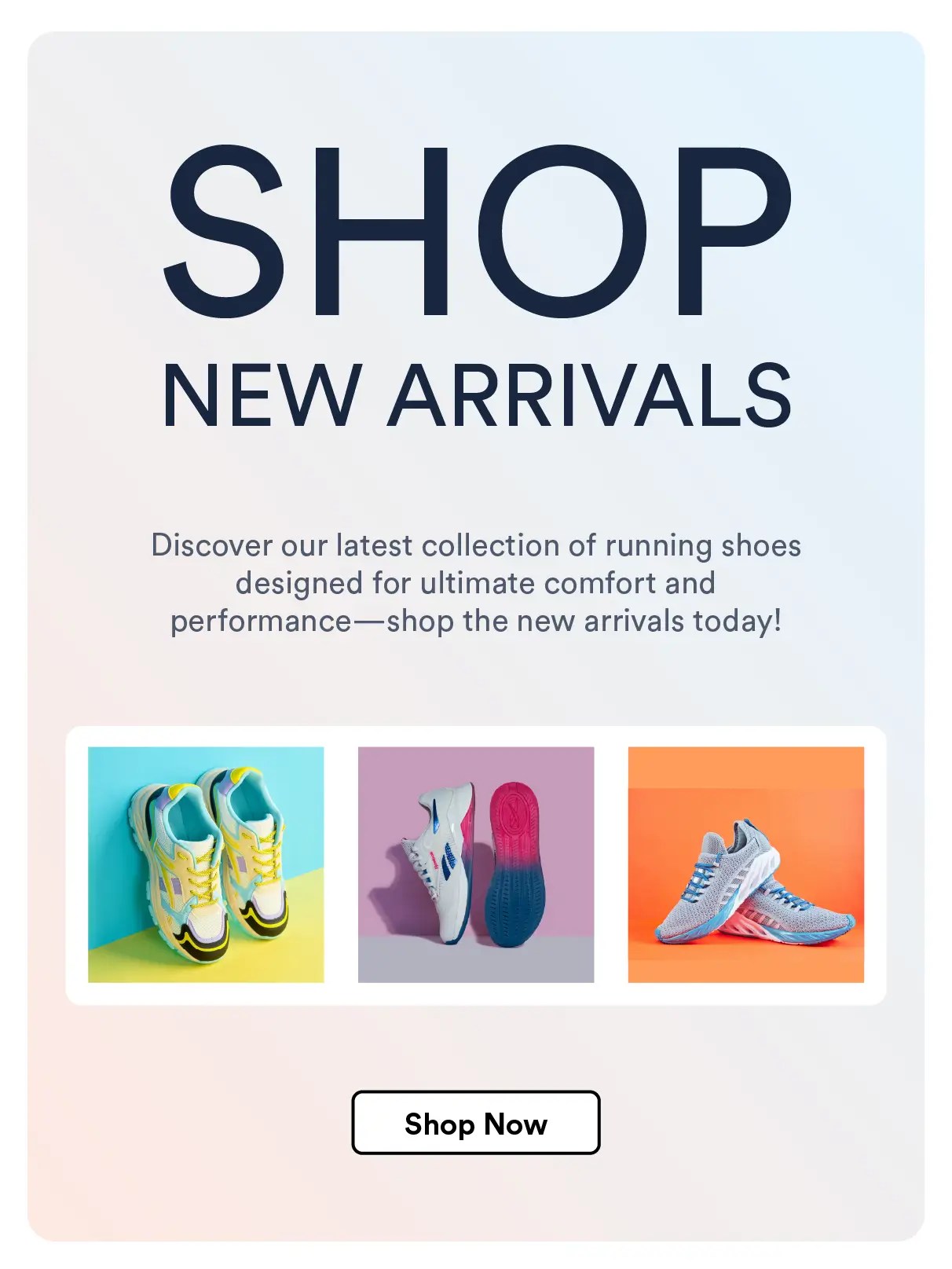
Segmentation in email marketing for e-commerce makes sure customers receive tailored messages that resonate more with them, thus boosting engagement. It also helps increase open rates and reduce unsubscribes.
3. Abandoned Cart Recovery Emails
Cart abandonment represents a significant challenge for e-commerce businesses, with average rates hovering around 70%. However, well-executed abandoned cart emails have an average open rate of 45%, thus helping recover lost sales.
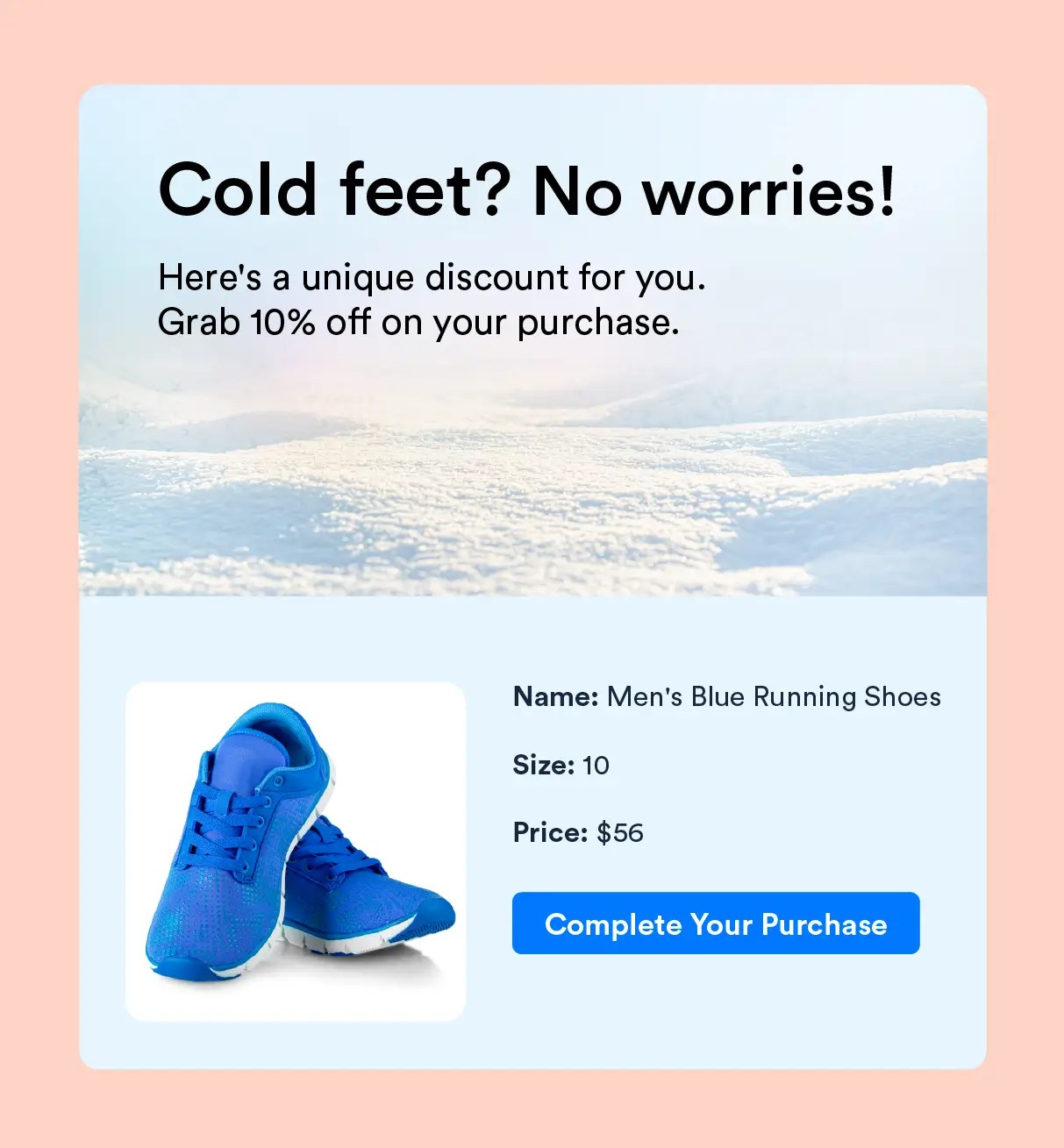
The best e-commerce email marketing strategies incorporate effective recovery emails that consist of the following:
- Clear images of abandoned items.
- Social proof, such as customer testimonials and reviews.
- Sense of urgency, for example, including a copy that says, “Hurry! Items in your cart are almost gone!”
- Simple, prominent call to action, such as “Shop Now.”
- Incentives like free shipping or a small discount to seal the deal.
Consider implementing a series of 2-3 emails spaced over 24-72 hours for maximum impact.
4. Exclusive Offers and Discounts
Fear of missing out (FOMO) is a powerful motivator in e-commerce. Exclusive offers create a sense of privilege and urgency that can drive immediate action. Use this exclusivity to encourage purchases. The key is to make subscribers feel special while creating urgency to act quickly.

Here are some email copywriting best practices to include in your email marketing strategies for e-commerce:
- Introduce clear time limitations, such as “24 Hours Only! Enjoy 20% Off Our Best Sellers.”
- Offer VIP-only access to sales.
- Offer early access to new products and member-exclusive discounts.
- Include a bold CTA like “Claim Your Deal Now.”
- Make sure to add a countdown timer for urgency.
5. Upselling and Cross-Selling Emails
Strategic upselling and cross-selling can significantly increase average order value. Upselling helps encourage customers to purchase a premium version of a product, whereas cross-selling strategies are used to suggest complementary products.
Specific purchases should trigger these emails and can be used to showcase the benefits of buying bundle deals, items that are frequently bought together, and accessories or add-ons.
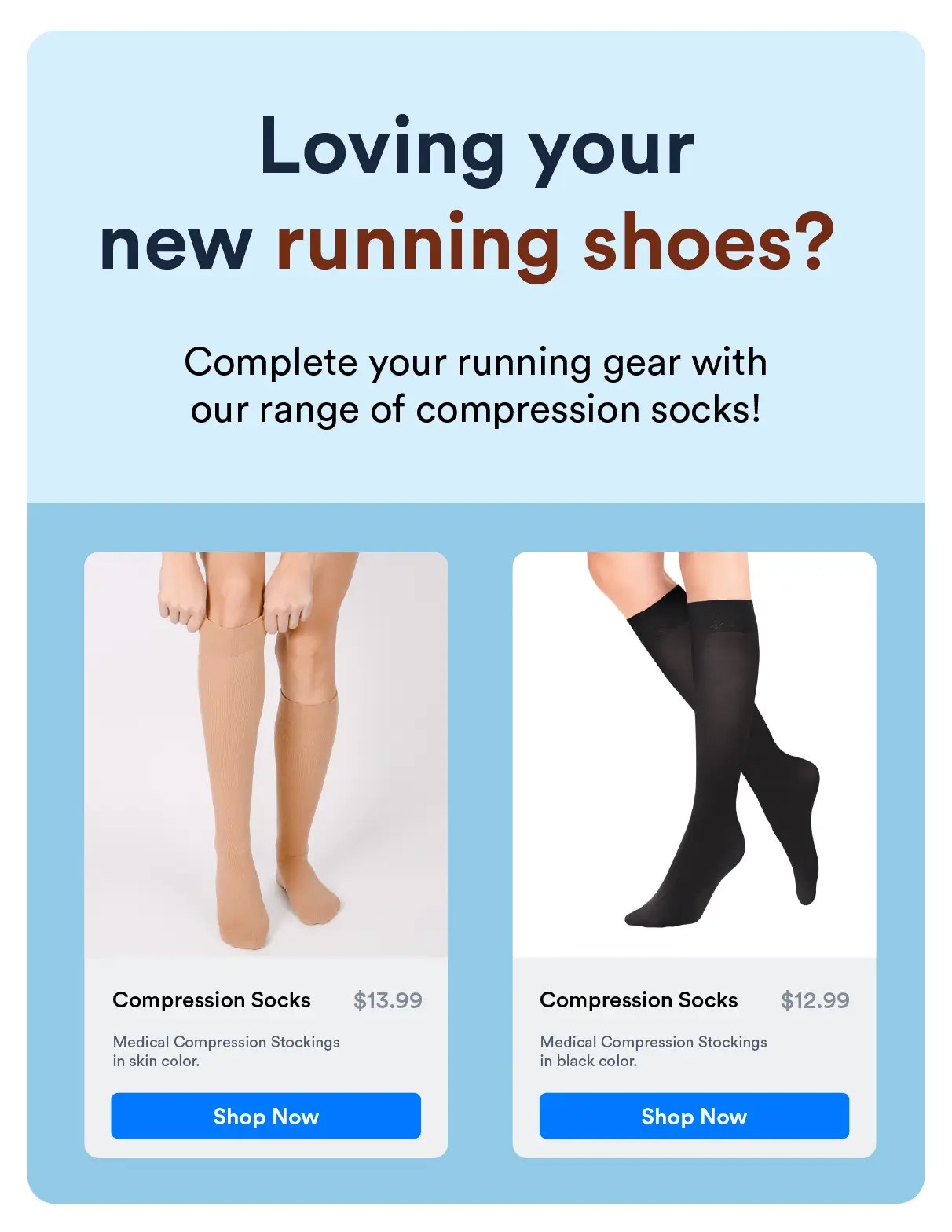
For example, a smartphone customer might receive an email featuring compatible cases, screen protectors, and charging accessories. Customers who bought a yoga mat can be shown recommendations for yoga blocks or apparel.
6. Loyalty Program Emails
Rewarding repeat customers fosters loyalty and increases customer lifetime value.

Effective customer loyalty program emails should clearly communicate point balances and rewards, celebrate customer milestones such as anniversaries with your brand, provide exclusive member benefits such as early access to products and unique discounts, highlight progress toward the next reward tier, and offer opportunities to get bonus points.
Regular updates keep customers engaged and motivated to continue earning rewards.
7. Post-Purchase Follow-Ups
The customer journey continues beyond the purchase. Post-purchase emails help build trust and encourage repeat business. It is also a good opportunity to ask customers for feedback about their purchase experience. Post-purchase follow-ups in email marketing for e-commerce can also be seen as a cross-selling opportunity to suggest complementary products.
Examples of post-purchase e-commerce emails include:
- Order confirmations with clear tracking information
- Delivery updates and notifications
- Product usage tips and tutorials
- Feedback requests
- Referral program invitations
- Cross-selling opportunities
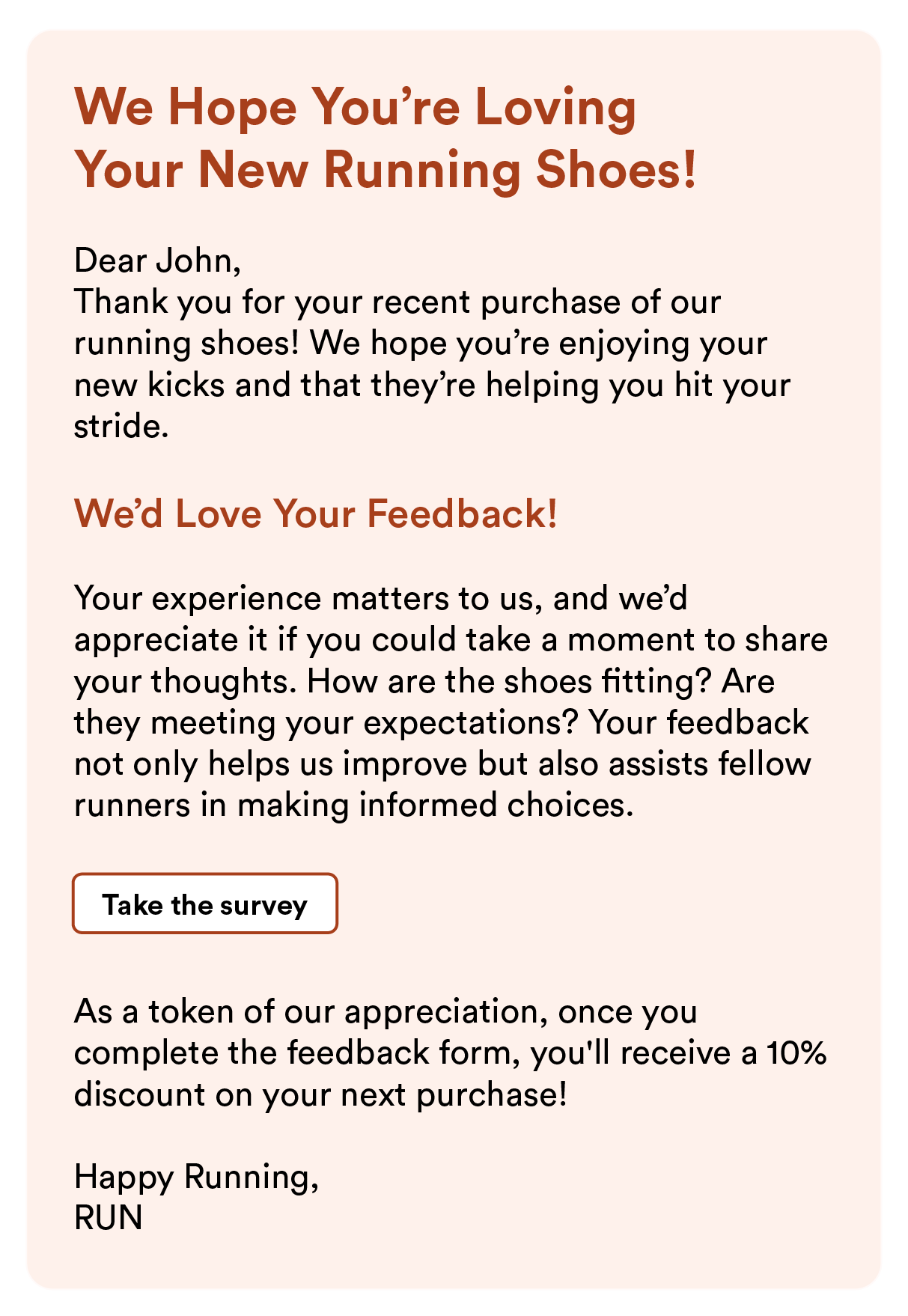
Timing is crucial—space these emails appropriately to enhance the customer experience without overwhelming them.
8. Holiday and Seasonal Campaigns
Holiday shopping accounts for 20-30% of annual retail sales. Holiday campaigns tap into heightened shopping behavior during seasonal holidays and special events. In the e-commerce email, make sure to use festive imagery, colors, and language to align with the occasion.
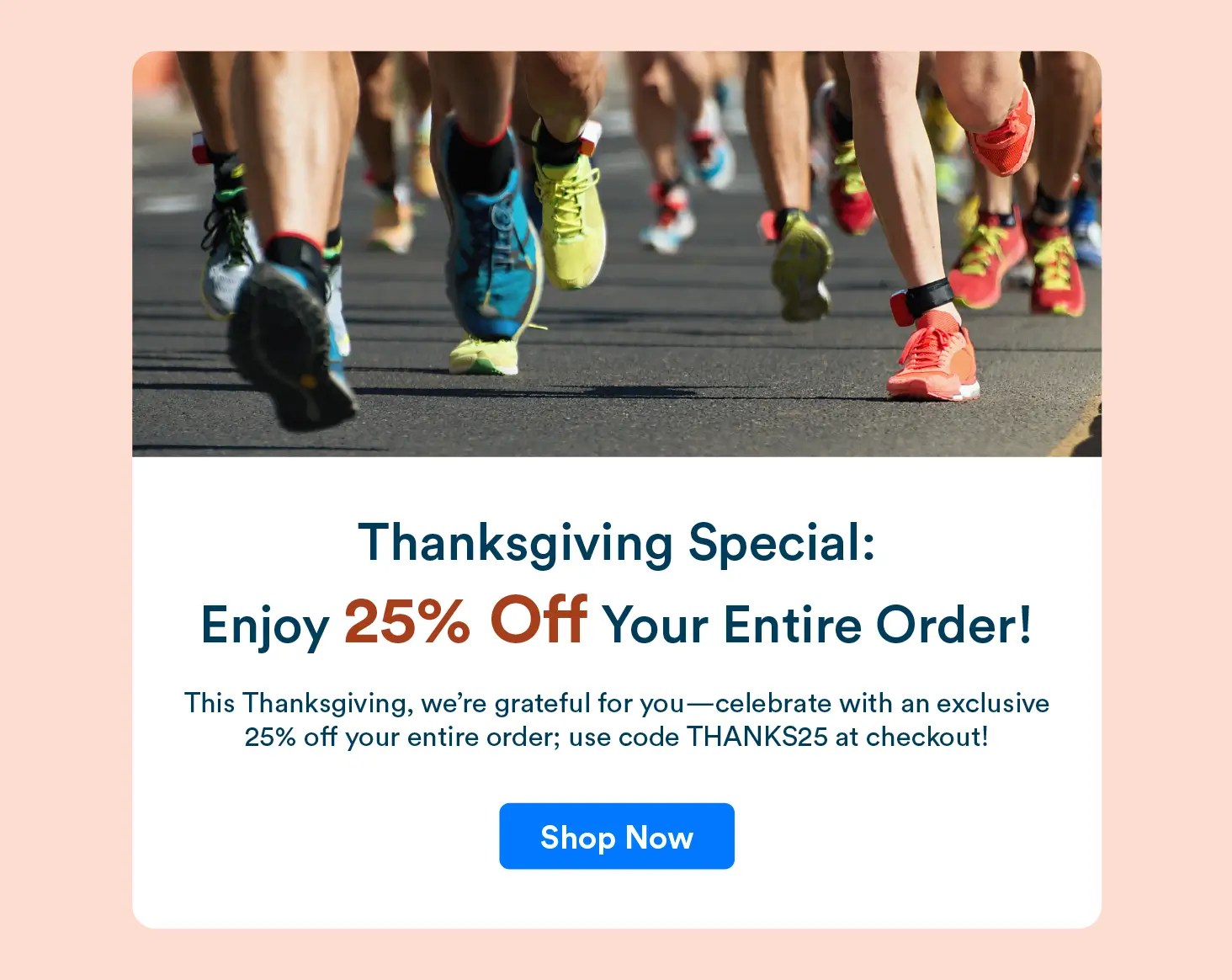
Successful seasonal email campaigns require the following:
- Early planning (start 2-3 months ahead)
- Themed designs and content
- Clear promotional calendars
- Strategic timing of sends
- Mobile-optimized templates
Key shopping events like Black Friday and Cyber Monday should have dedicated email strategies with multiple touchpoints.
9. Re-Engagement Campaigns
With email list decay rates of 22.5% annually, re-engagement campaigns are crucial. Re-engagement campaigns must be a part of your email marketing strategy to help reconnect with dormant customers who haven’t interacted with your brand in a while.
Target subscribers who haven’t opened emails in 3-6 months with:
- Special comeback offers and discounts.
- Updates on what’s new with your brand and showcase new arrivals.
- Last-chance notifications highlighting limited-time offers.
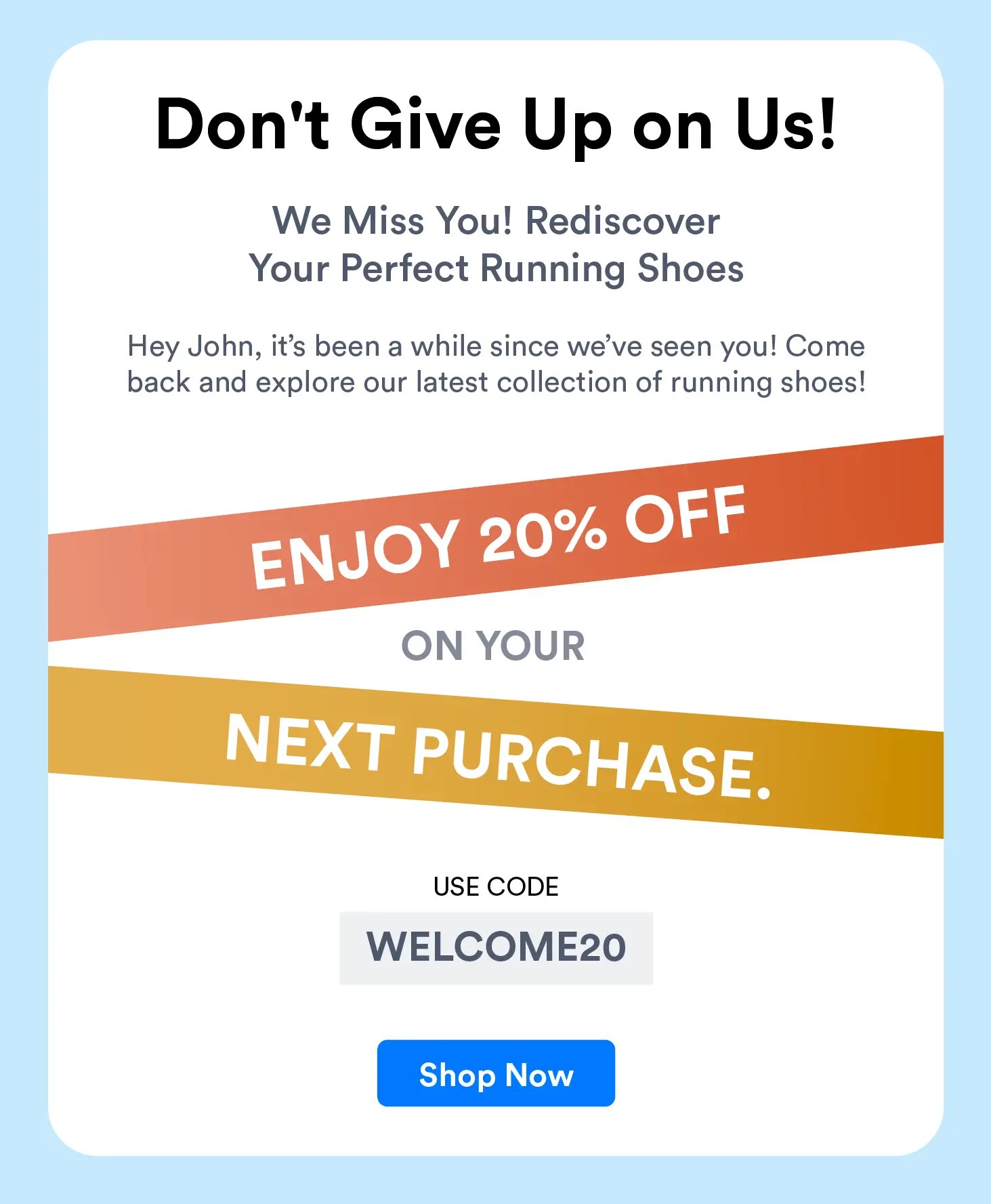
Offer exclusive discounts or remind them of their last purchase. Make sure to include personalized content, such as a product they browsed. Statistics show that 45% of recipients read re-engagement emails, making them a valuable tool for email list maintenance.
10. Back in Stock or Restock Emails
Out-of-stock products represent lost sales opportunities. Back-in-stock notifications help recover potentially lost sales, create urgency around popular items, show customers you’re listening, and help generate immediate revenue.
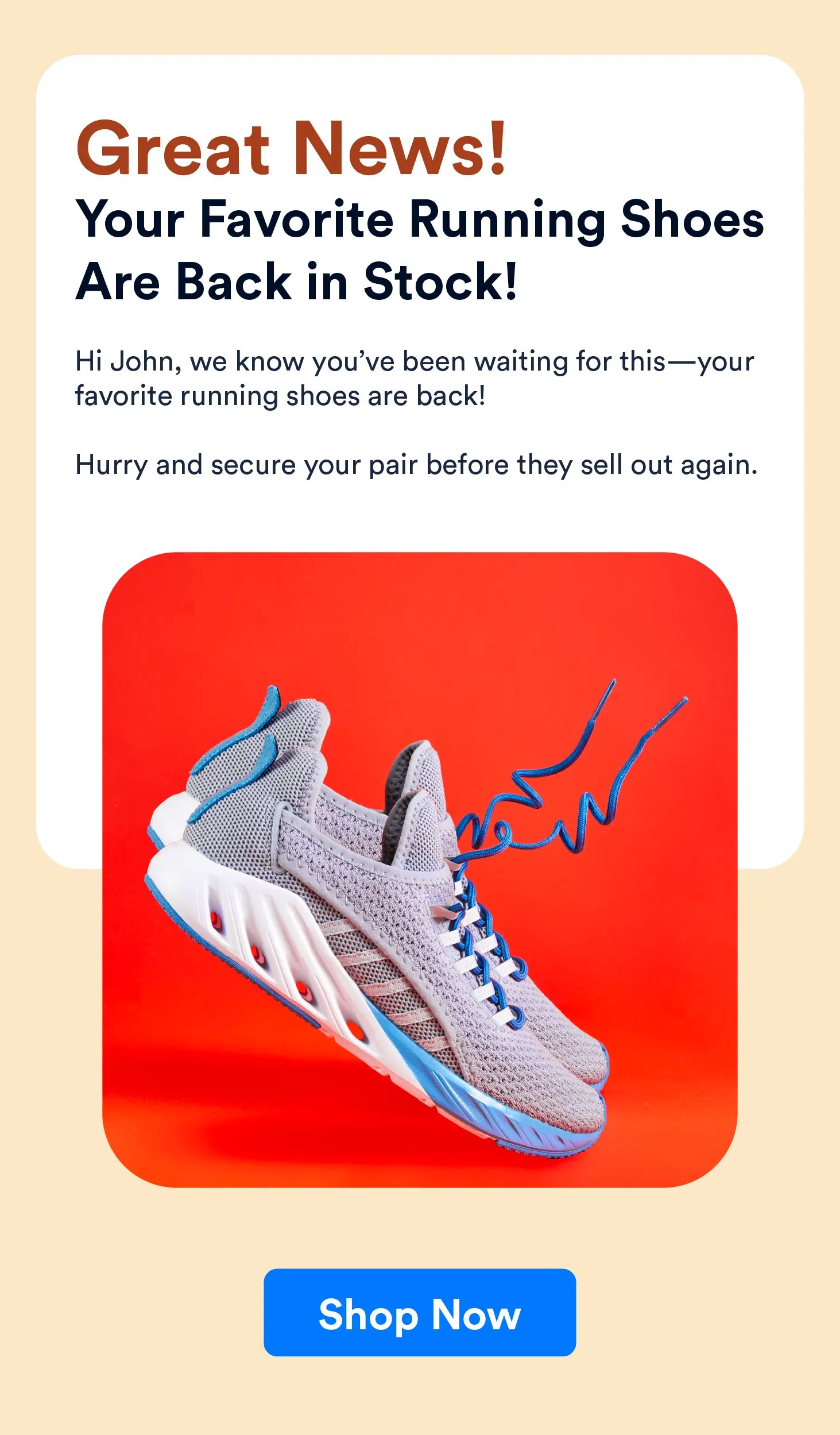
Allow customers to sign up for these notifications when they browse an out-of-stock item and consider offering them early access when items return.
Email Marketing for E-Commerce Best Practices
Implementing email marketing best practices for e-commerce businesses can significantly enhance the effectiveness of your campaigns, ensuring they resonate with your audience while driving meaningful results. Here are some best practices to keep in mind:
1. Timing And Frequency Of Email Sends
Sending too many emails can overwhelm your audience, leading to unsubscribes or diminished engagement.
Striking the right balance is essential—your goal is to maintain regular communication without becoming a nuisance. Analyze your audience’s behavior to identify the optimal times to send emails.
For instance, data often suggests that early mornings and evenings yield higher engagement rates, but this can vary depending on your target demographic. Leveraging email marketing platforms that provide insights into customer habits can help you finetune your schedule for maximum impact.
2. Write Interesting Subject Lines
Subject lines are the first thing recipients see, making them a decisive factor in whether an email is opened or ignored. Keep subject lines concise, engaging, and tailored to spark curiosity or highlight a clear benefit.
For example, a subject line like “Your Exclusive Discount is Here!” creates a sense of urgency and piques interest, encouraging the recipient to learn more. Experiment with different styles and tones to find what resonates best with your audience.
3. Monitor Performance
Equally important is monitoring email marketing metrics to gauge the effectiveness of your campaigns and guide future improvements.
Start by tracking your open rates to assess whether your subject lines are grabbing attention. Next, focus on the click-through rate (CTR), which indicates whether your content and calls-to-action (CTAs) are motivating readers to take the next step.
Measure conversion rates to determine how well your emails are driving tangible results, such as purchases or sign-ups. Use this data to identify strengths, uncover areas for improvement, and adjust your strategies accordingly.
How CleverTap Can Drive Your Email Marketing Strategy For E-commerce
CleverTap email marketing platform helps e-commerce businesses boost email marketing CTR through personalized, data-driven strategies. It enables precise audience segmentation based on user behavior and preferences, allowing marketers to craft highly relevant email campaigns.
Features like A/B testing optimize email content and design for maximum engagement. CleverTap’s AI-powered recommendations ensure product suggestions resonate with recipients, while advanced analytics provide insights to refine campaigns continuously. By integrating email with an omnichannel approach, CleverTap ensures consistent and compelling customer experiences, driving higher CTRs and conversions.

See how today’s top e-commerce brands use CleverTap to drive their email marketing strategies
Achieving Success With Email Marketing For E-Commerce
Email marketing remains a cornerstone of successful e-commerce strategies, offering ROI and personalization capabilities. Businesses can significantly boost their sales and customer engagement by implementing these 10 strategies while following best practices for timing, content, and analysis.
The key to success in email marketing for e-commerce lies in consistent testing, optimization, and adaptation to changing customer needs and preferences. Start with one or two strategies and gradually expand your email marketing program based on what works best for your specific audience and business model.
Subharun Mukherjee 
Heads Cross-Functional Marketing.Expert in SaaS Product Marketing, CX & GTM strategies.
Free Customer Engagement Guides
Join our newsletter for actionable tips and proven strategies to grow your business and engage your customers.















































